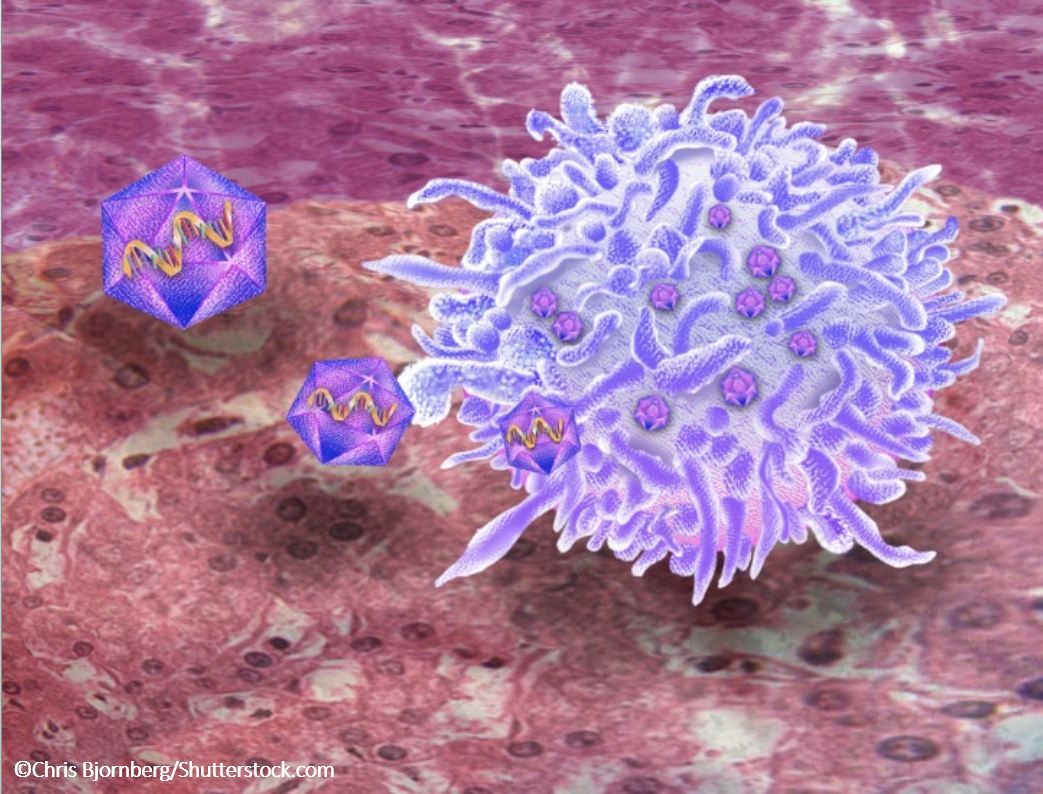In People Living with HIV, Switch from Oral ART to Long-Acting Injectable Significantly Improved Adherence, Persistence
This article is part of our IDWeek 2023 coverage. You can find all of our news here.
Switching from oral antiretroviral therapy (ART) to a long-acting injectable formulation significantly improved both adherence to and persistence with therapy among nearly 400 000 ART-experienced people living with HIV.
©Chris Bjornberg/Shutterstock.com

The findings are topline results from the ABOVE study presented during an oral abstract session today at IDWeek 2023, the annual scientific meeting of the Infectious Disease Society of America, in Boston, MA.
Nearly three-quarters of study participants who were treated with long-acting cabotegravir+rilpivirine (CAB+RPV LA) met criteria for treatment adherence compared with less than half of those receiving oral ART, according to the study abstract.
CAB+RPV LA is the only long-acting regimen for treatment of people living with HIV who are virologically suppressed and is administered by a health care professional either monthly or bimonthly, according to the study. The sustained action of the injection “may alleviate adherence challenges with daily oral therapy,” wrote ABOVE investigators, and the current study was designed to investigate the idea further.
ABOVE was a retrospective cohort study for which the research team tapped administrative health care claims databases maintained by Symphony Health Solutions Integrated Dataverse. They searched claims between January 1, 2020, and December 31, 2022, for individuals aged 12 years and older who were receiving stable, guideline-recommended ART and then categorized the cohort by those who initiated CAB+RPV LA and those who continued treatment with oral ART.
Researchers defined the study index date for the CAB+RPV LA cohort as that of the first injection received between January 1, 2021, and June 30, 2022; for the oral ART cohort, the index date was imputed. Eligibility for the ABOVE investigators’ analysis required a participant to have 6 months or more of follow-up data after the index date.
Using propensity scores, researchers generated standardized mortality ratio (SMR) weights to balance the baseline characteristics of the 2 cohorts. Adherence to therapy was defined for the study as the proportion of days covered (PDC) equal to or greater than 0.9 over 6-months following the index date. Persistence with the either the CAB+RPV LA or the oral ART regimen was defined as days from the index date to treatment discontinuation or end of follow-up, whichever occurred first, according to the study abstract. Adherence and persistence were compared between the groups; odds ratio (OR) and 95% CI for adherence was estimated using logistic regression.
RESULTS
During the study period, according to the abstract, researchers identified 393 484 individuals living with HIV. Once eligibility criteria were applied and after weighting of the oral ART cohort, there were 950 participants in the oral ART group and 947 in the CAB+RPV LA group. The team reported that key baseline participant characteristics were balanced following SMR weighting.
Participants treated with CAB+RPV LA were treated once every 2 months (50%) or they were switched from monthly dosing to every 2 months (33%).
Adherence to treatment was significantly higher among those treated with CAB+RPV LA (72%) vs those who continued on oral ART (43%) (P <.001). Similarly, persistence with therapy was greater among CAB+RPV LA-treated participants than among oral ART users (274 vs 256 days; P <.001). Further, investigators found, the adjusted odds of being adherent to the prescribed regimen was more than 4 times greater among those in the CAB+RPV LA cohort than in the oral ART cohort, (OR 4.43, 95% CI 2.38 - 8.24; P< .001).
Writing in their conclusion, the authors state that their data demonstrated that among individuals living with HIV, “switching to long-acting ART resulted in significantly higher adherence and persistence, a critical aspect of long-term success of HIV treatment, compared with remaining on oral ART.
Source: Real-world adherence and persistence with long-acting cabotegravir Plus rilpivirine (CAB+RPV LA) (Cabenuva) compared to oral antiretroviral therapy (ART) among people with HIV (PWH) in the US: the ABOVE study. Abstract presented at IDWeek; October 11-15, 2023; Boston, MA.